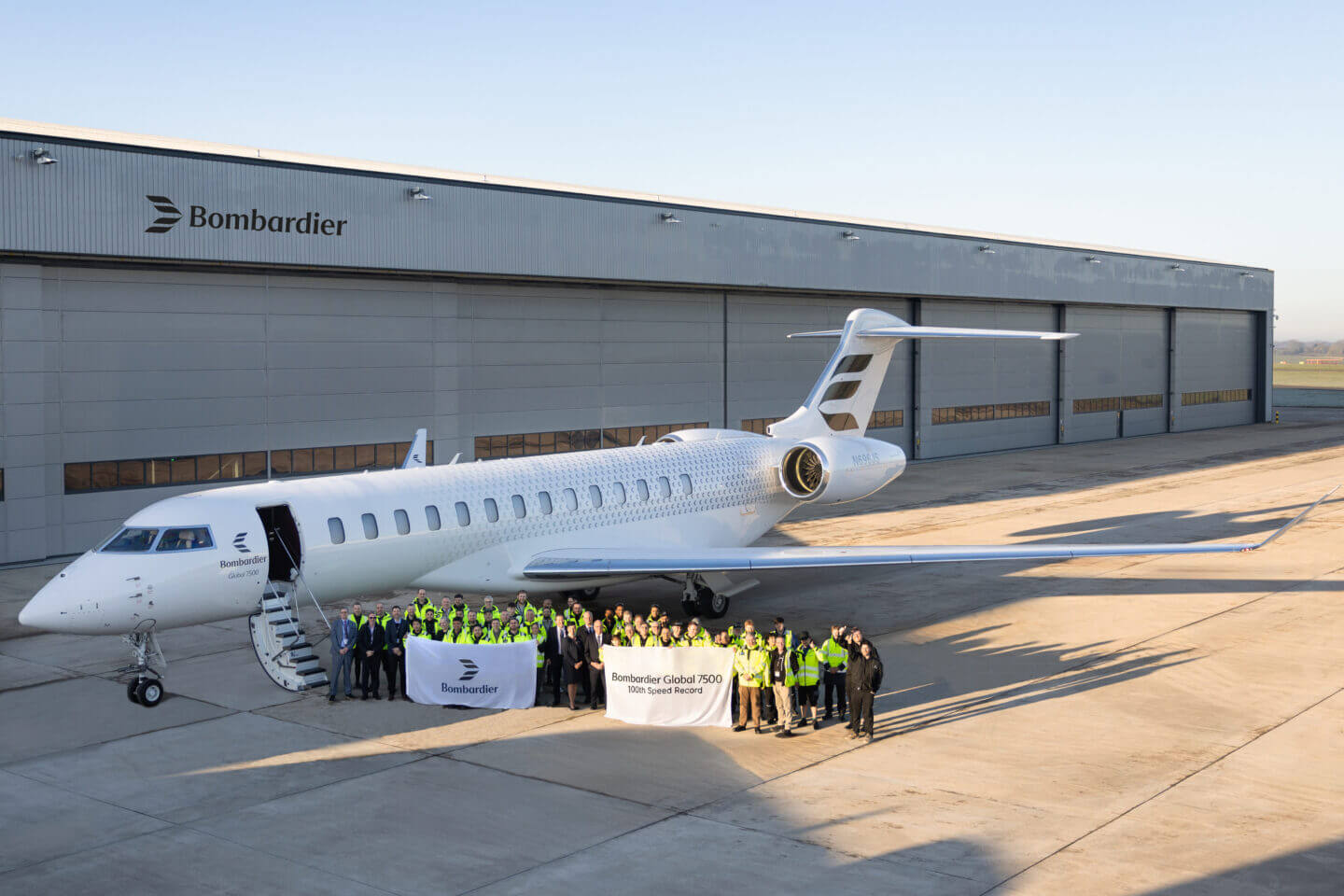Private Jets: Power Tools of Africa’s Billionaires, A Fast-Growing Market

By Zaharaddeen Ishaq Abubakar | KatsinaTimes Business Desk
In much of Africa, commercial schedules can be patchy and cross-border links inefficient. For the continent’s wealthiest business leaders, private jets have shifted from “luxury” to mission-critical infrastructure—compressing time, improving security, and projecting influence from Lagos to London and beyond.
Who flies—and why it matters
-
Aliko Dangote (Nigeria) — Bombardier Global 7500 / Global Express: Ultra-long-range capability lets his team connect West Africa to major Asian and North American hubs on single hops—vital for a diversified industrial empire. The 7500’s 7,700-nm range underpins true intercontinental nonstop operations.
-
Mike Adenuga (Nigeria) — Dassault Falcon 8X (“Sisi Paris”): Efficient for Europe/US rotations aligned to telecoms and energy portfolios.
-
Abdul Samad Rabiu (Nigeria) — Global 6500 + Challenger 350: A classic pairing—Global 6500 for trans-Atlantic/Europe; Challenger 350 for West African city pairs. The 6500’s ~6,600-nm range covers most boardroom-to-boardroom missions.
-
Nicky Oppenheimer (South Africa) — Global 6500 + Challenger 350s and operator: Co-founded Fireblade Aviation at Johannesburg OR Tambo; the company provides FBO, MRO, charter and aircraft management—evidence that Africa’s UHNWs are also building the ecosystem.
-
Folorunsho Alakija (Nigeria) — Global Express XRS: Blends family travel and oil-industry itineraries.
-
Johann Rupert (South Africa) — Global 6000: Shuttles between luxury capitals (Geneva–London–Cape Town) where brand operations demand rapid, private mobility.
-
Adedeji Adeleke (Nigeria) — Global 7500: A $70m-class flagship underscores the link between family offices, reputation, and control of time.
Why Bombardier’s Global family dominates: ultra-long range (6,600–7,700 nm), high-speed cruise, and four-zone cabins that double as boardrooms and bedrooms. These jets convert travel hours into productive time—the scarcest resource for African conglomerates.
Market size, growth and where the jets are
How big is the market?
-
The Middle East & Africa business jet market is pegged at $1.42bn in 2025, on track for $2.14bn by 2030 (CAGR ~8.5%).
Who has the aircraft?
-
South Africa leads with ~418 business aircraft, followed by Kenya (~137) and Nigeria (~109)—a distribution that mirrors where corporate aviation infrastructure and cross-border commerce are strongest.
Charter demand & activity trend
-
Regional analysts and operators report a continued upswing in African business-jet demand as cross-border trade deepens; MEBAA data cited by industry ops points to an Africa fleet around ~418 jets with expectations of high-single-digit annual growth.
-
Globally, bizjet activity remains robust into 2025 (WingX), supporting residual values and availability dynamics that also affect African operators and owners.
Why private beats commercial (for this cohort)
-
Time compression: Nonstop Lagos–Beijing or Johannesburg–New York flights (Global 7500/6500 class) remove connections and delays that kill deal velocity.
-
Security & privacy: Controlled passenger lists, secure lounges/FBOs, and bespoke handling (e.g., Fireblade Aviation at JNB with on-site immigration and meeting rooms).
-
Operational flexibility: Shorter runways and bespoke routings open secondary cities tied to mining, energy, agribusiness, and luxury goods supply chains.
-
Reputation & signaling: In markets where government and business calendars shift quickly, a jet is both a tool and a message—reliability, reach, and readiness.
Fleet choices: what works where
-
Bombardier Global 7500: 7,700 nm range; Mach 0.925; four distinct living spaces; optimized for true intercontinental nonstops. Ideal for pan-African firms with US/EU/Asia footprints.
-
Bombardier Global 6500: ~6,600 nm range; strong Europe/US access from West, East, and Southern Africa; efficient for high-frequency intercontinental runs.
-
Dassault Falcon 900/8X class: Highly capable, especially for regional and medium-haul Africa–Europe legs; prized for airport performance and efficiency.
-
Cessna Citation Sovereign (680): More affordable to acquire and operate; best for intra-Africa networks with limited ultra-long-range needs.
The ecosystem is maturing
Africa’s billionaire flyers aren’t just buying jets; they’re building support infrastructure—FBOs, maintenance, and charter platforms—to professionalize operations and de-risk ownership:
-
Fireblade Aviation (JNB) provides FBO, MRO, charter, and aircraft management plus on-site immigration/meeting facilities—a template for future hubs.
Editorial analysis: what to watch next
-
Supply tightness vs demand: Strong global utilization keeps delivery slots scarce, nudging Africa’s buyers toward pre-owned Globals/Falcons while charter rates stay firm.
-
Regulatory & infrastructure gaps: Progress is uneven across countries; airspace, fees, and handling quality vary—creating competitive advantage for owners with experienced ops teams and local partners.
-
Sectoral drivers: Mining/energy expansions, agribusiness exports, luxury goods distribution, and government contracting will continue to anchor jet usage.
-
Technology: Newer airframes (Global 7500/6500) deliver better fuel burn per seat-hour and longer maintenance intervals, lowering lifecycle cost for high-utilization owners.
Bottom line
In Africa’s high-stakes economy, time, security and reach are strategic assets. That’s why the continent’s top deal-makers favour long-range Globals and Falcons: they’re not just symbols of wealth—they’re operating systems for power.
Sources / Further reading
-
Market size & growth (MEA): Mordor Intelligence; Research & Markets synopses (MEA business jet market $1.42bn 2025 → $2.14bn 2030, ~8.5% CAGR).
-
Fleet by country (Africa): AIN Online (South Africa leads; Kenya & Nigeria follow); Business Insider Africa list (SA 418; Kenya 137; Nigeria 109).
-
Global activity context: WingX bulletins (global active bizjet fleet/flight trends).
-
Aircraft performance: Bombardier official specs for Global 7500 and Global 6500.
-
Ecosystem: Fireblade Aviation (FBO/MRO/Charter/Management) at OR Tambo, Johannesburg.

